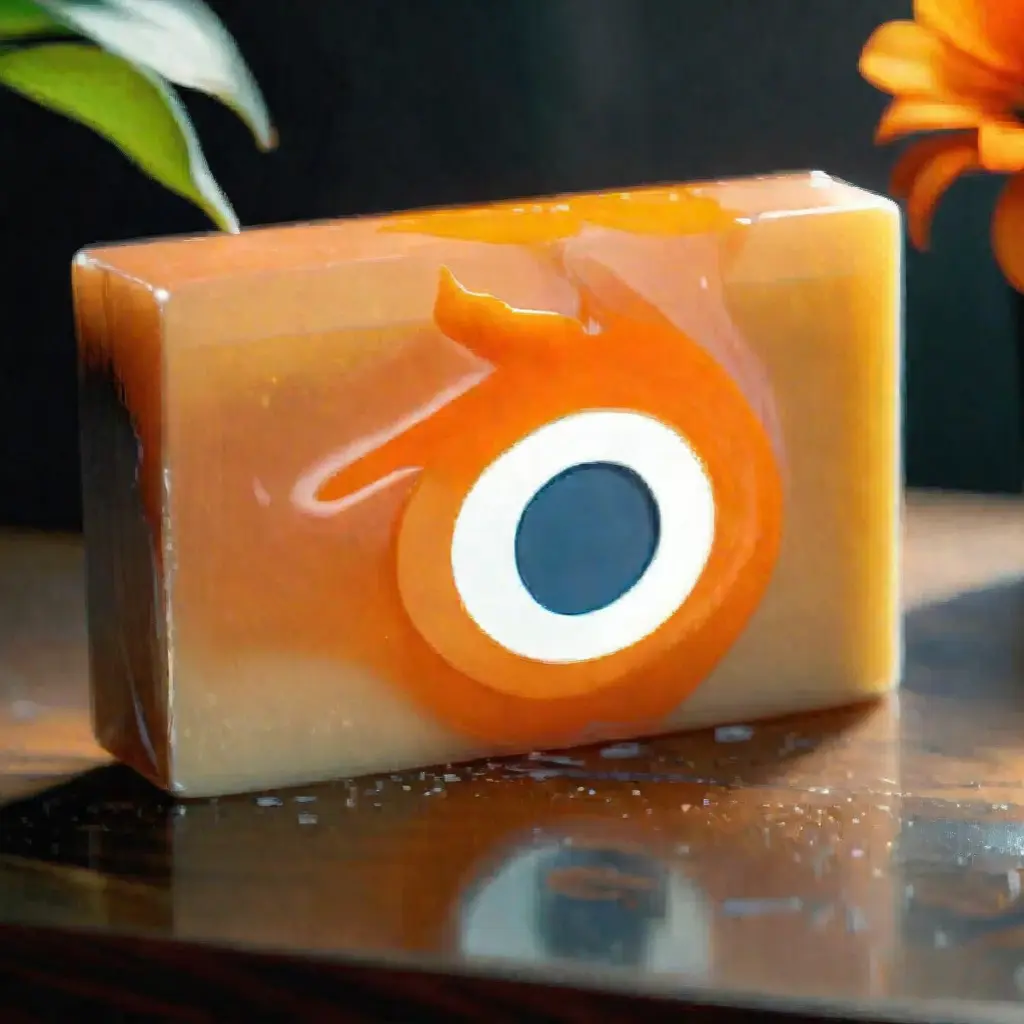ComfyUI Node: Arc2Face Generator
Arc2FaceGenerator
CategoryArc2Face
caleboleary (Account age: 3587days) Extension
Arc2Face ComfyUI Node Library Latest Updated
2024-09-02 Github Stars
0.04K
How to Install Arc2Face ComfyUI Node Library
Install this extension via the ComfyUI Manager by searching for Arc2Face ComfyUI Node Library- 1. Click the Manager button in the main menu
- 2. Select Custom Nodes Manager button
- 3. Enter Arc2Face ComfyUI Node Library in the search bar
Visit ComfyUI Online for ready-to-use ComfyUI environment
- Free trial available
- 16GB VRAM to 80GB VRAM GPU machines
- 400+ preloaded models/nodes
- Freedom to upload custom models/nodes
- 200+ ready-to-run workflows
- 100% private workspace with up to 200GB storage
- Dedicated Support
Arc2Face Generator Description
Generate lifelike facial images from face embeddings using advanced neural networks for AI artists and creative projects.
Arc2Face Generator:
The Arc2FaceGenerator node is designed to generate high-quality facial images based on a given face embedding. This node leverages advanced neural network models to transform face embeddings into realistic images, making it a powerful tool for AI artists who want to create detailed and lifelike facial representations. The primary goal of this node is to provide a seamless and efficient way to generate facial images that can be used in various creative projects, from digital art to character design. By utilizing this node, you can achieve consistent and high-quality results, ensuring that the generated faces meet your artistic vision.
Arc2Face Generator Input Parameters:
face_embedding
The face_embedding parameter represents the encoded facial features that the model will use to generate the image. This embedding is a high-dimensional vector that captures the unique characteristics of a face. It is crucial for the accuracy and quality of the generated image, as it serves as the foundational input for the model.
unet
The unet parameter refers to the U-Net model used in the image generation process. U-Net is a type of convolutional neural network that is particularly effective for image-to-image translation tasks. This parameter is essential for the model to perform the necessary transformations to generate the final image.
encoder
The encoder parameter is the model that encodes the input data into a format that the U-Net can process. It plays a vital role in ensuring that the face embedding is accurately interpreted and utilized by the U-Net model.
initial_image
The initial_image parameter is an optional input that provides a starting point for the image generation process. This can be useful for tasks that require a specific initial condition or for refining an existing image.
negative_prompt
The negative_prompt parameter allows you to specify aspects that you want to avoid in the generated image. This can help in fine-tuning the output to better match your desired outcome by guiding the model away from certain features or styles.
num_inference_steps
The num_inference_steps parameter determines the number of steps the model will take during the image generation process. More steps generally lead to higher quality images but will also increase the computation time. Typical values range from 50 to 1000.
guidance_scale
The guidance_scale parameter controls the influence of the face embedding on the generated image. A higher guidance scale will make the generated image more closely match the face embedding, while a lower scale allows for more variation. Values typically range from 1.0 to 20.0.
num_images
The num_images parameter specifies the number of images to generate. This allows you to create multiple variations of the face based on the same embedding. The default value is usually 1.
seed
The seed parameter is used to initialize the random number generator, ensuring reproducibility of the generated images. If set to -1, a random seed will be used. This is useful for creating consistent results across different runs.
denoise_strength
The denoise_strength parameter controls the level of noise reduction applied during the image generation process. Higher values result in smoother images but may lose some details. Values typically range from 0.0 to 1.0.
extra_param
The extra_param parameter allows for additional customization and fine-tuning of the image generation process. This can include various model-specific settings that further refine the output.
Arc2Face Generator Output Parameters:
generated_images
The generated_images parameter is the primary output of the Arc2FaceGenerator node. It consists of one or more high-quality facial images generated based on the provided face embedding and other input parameters. These images are returned as tensors, ready for further processing or direct use in your projects.
Arc2Face Generator Usage Tips:
- Experiment with different
guidance_scalevalues to find the right balance between adherence to the face embedding and creative variation. - Use the
seedparameter to ensure reproducibility when you need consistent results across multiple runs. - Adjust the
num_inference_stepsto improve image quality, but be mindful of the increased computation time for higher values. - Utilize the
negative_promptto guide the model away from unwanted features, helping to fine-tune the generated images to better match your artistic vision.
Arc2Face Generator Common Errors and Solutions:
Error in Arc2FaceFaceExtractor: <error_message>
- Explanation: This error occurs when there is an issue with the face extraction process, possibly due to an invalid or corrupted input image.
- Solution: Ensure that the input images are valid and properly formatted. Check for any issues in the face extraction process and try again.
CUDA out of memory
- Explanation: This error indicates that the GPU does not have enough memory to handle the current operation.
- Solution: Reduce the
num_inference_steps,num_images, or image resolution. Alternatively, try running the process on a machine with more GPU memory.
Invalid face embedding
- Explanation: This error occurs when the provided face embedding is not in the expected format or is corrupted.
- Solution: Verify that the face embedding is correctly generated and properly formatted before passing it to the Arc2FaceGenerator node.
Model loading failure
- Explanation: This error happens when the U-Net or encoder models fail to load correctly.
- Solution: Ensure that the models are correctly installed and accessible. Check for any issues in the model paths or configurations.
Arc2Face Generator Related Nodes
RunComfy is the premier ComfyUI platform, offering ComfyUI online environment and services, along with ComfyUI workflows featuring stunning visuals. RunComfy also provides AI Models, enabling artists to harness the latest AI tools to create incredible art.



